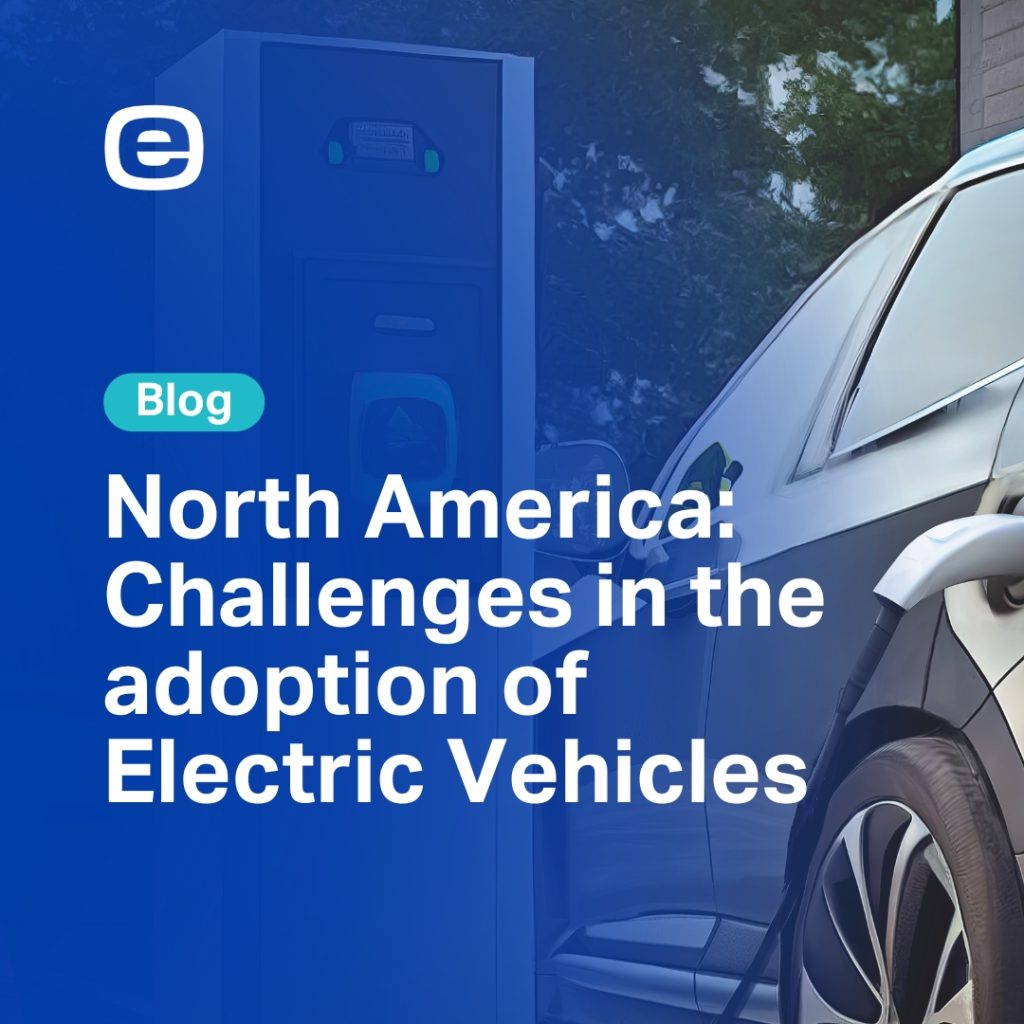29 April, 2025
NORTH AMERICA: CHALLENGES IN THE ADOPTION OF ELECTRIC VEHICLES
At a time when the global automotive industry is shifting toward electrification, North America finds itself in a complex position. Despite growing interest in and production of electric vehicles (EVs), the path toward widespread adoption in the United States, Canada, and Mexico still faces significant challenges. Chief among these are the lack of reliable charging infrastructure, inconsistent government policies, and persistent consumer concerns about cost, range, and overall reliability.
Infrastructure: A Foundation Still in Progress
One of the most urgent issues hindering EV adoption in North America is the underdeveloped public charging network. While countries like Norway and China have made remarkable progress in deploying nationwide infrastructure, North America is advancing at a more cautious pace. In the U.S., most charging stations are clustered in urban centers and along major highways, leaving rural and suburban areas underserved.
Canada faces similar obstacles, exacerbated by its vast geography and low population density. Mexico, while showing progress, is still in the early stages of EV infrastructure development, with limited public and private investment to date.
The result is widespread “range anxiety”—a key deterrent for potential EV buyers. Without a dependable and accessible charging network, many consumers remain reluctant to make the switch from internal combustion engines.
Government Policy: A Fragmented Landscape
Government regulation plays a critical role in shaping the trajectory of EV adoption. In North America, however, public policy remains inconsistent and varies significantly by region.
The United States has made notable strides at the federal level, such as expanding EV tax credits and incorporating EV infrastructure into national investment plans. Yet, much of the responsibility falls on individual states. California leads the way with stringent environmental regulations and generous incentives, while other states lag behind with minimal support.
In Canada, federal incentives and infrastructure investments exist, but implementation varies considerably across provinces. Mexico is currently reviewing emissions regulations and exploring state-level subsidies, though progress has been relatively slow.
This fragmented policy environment poses challenges for automakers and suppliers, making long-term strategic planning more difficult.
Consumer Perception: Cost, Confidence, and Awareness
Public perception remains another substantial barrier. Many consumers still view EVs as prohibitively expensive compared to gasoline-powered vehicles. Although battery prices have declined over the years, upfront purchase costs remain relatively high.
Concerns about driving range, battery longevity, and general unfamiliarity with EV technology continue to influence purchasing decisions. To address this, widespread public education and outreach will be crucial in shifting attitudes and building confidence.
Production and Innovation: Encouraging Signs
Despite these challenges, the region is seeing encouraging signs of progress. Investment in EV manufacturing is increasing across the U.S. and Mexico. Automakers and suppliers are ramping up operations with new battery production lines, assembly plants, and R&D centers dedicated to EV technologies.
Innovations such as improved battery chemistries, faster charging solutions, and lighter vehicle designs are making EVs more efficient, affordable, and competitive with traditional vehicles.
Companies like Neklar are playing a key role in this transition. Through advanced thermal management technologies, Neklar supports EV performance, safety, and battery longevity—addressing one of the most critical technical hurdles in the industry today.
The widespread adoption of electric vehicles in North America faces real and multifaceted challenges—but also significant opportunities. Bridging infrastructure gaps, harmonizing government policies, and reshaping consumer perceptions will be fundamental. At the same time, continued investment in manufacturing and innovation is laying the groundwork for a more sustainable automotive future. With coordinated action and technological leadership, North America can accelerate its transition toward cleaner mobility.








